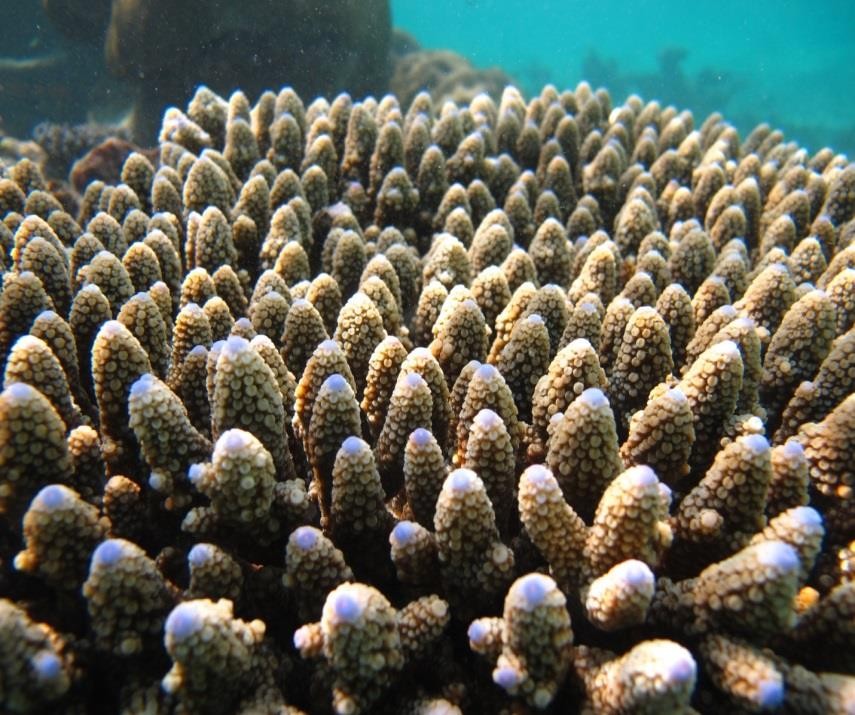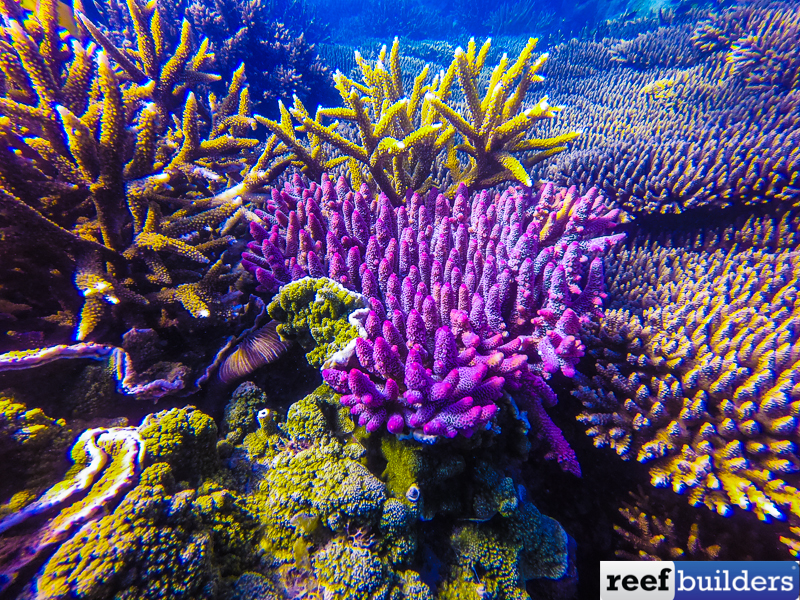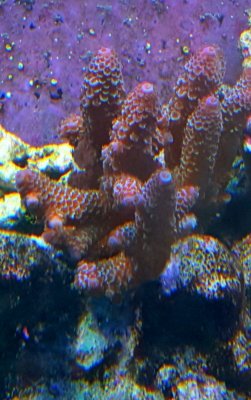Thanks for the tips. This one is getting all the light it can from a 165 watt bb maybe I need to raise it for more flow. For now I'm just leaving as is, pink spath with soft pink polyps I guess the blues in the light make it seem that color. Looks really happy rn but it being in the more difficult side im not expecting this baby to go past a couple months we'll see.
While daytime polyp extension is usually a good sign, it is not always a surefire way to tell if a colony is stable or "happy" with Acropora.
I have seen good PE on Acros that are dying from STN and some cases even durning RTN on branches that haven't been affected yet
From my experience, with Acropora -aside from new growth, a good indicator the colony is stable/happy is nocturnal axial corallite extension. Look at the growth tips at night, if you see tentacles popping out of that top corallite, generally speaking that's an accurate sign of an Acro being relatively stable/happy.




















